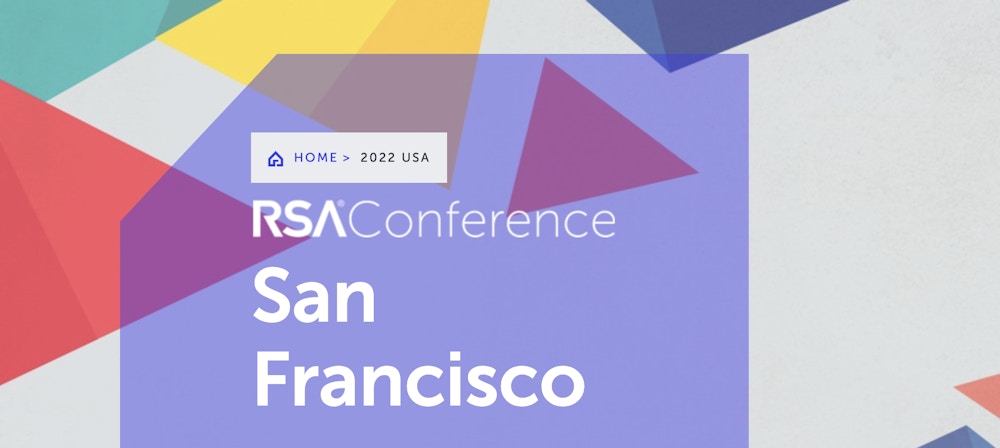The annual RSA conference was back to in person this year, and the excitement was palpable on the exhibition floor. With cyberattacks growing exponentially – in both number and sophistication – there’s never been a more important time to be a cybersecurity company.
While the sector continues to rapidly innovate to keep up with ever evolving threats, Volition’s involvement in the space has remained consistent since our founding. We’ve been fortunate to partner with market-leading companies like Blackduck and Ping Identity in the past. Current portfolio companies Securonix, Black Kite, and SnapAttack all attended the conference as well.
Over the years, a few recurring macro themes have consistently underpinned our views, including:
- Growing complexity from cloud and hybrid environments
- Growing number of endpoints and identities to protect
- Industry-wide shortage of security talent
We believe these themes are here to stay and, as a result, they have served as the anchors of our cybersecurity thesis. Like every year, we also encountered themes that are emerging or being transformed by a new wave of innovation and disruption. Below are our observations from this year’s conference:
1. The Growth of XDR
We could not help but notice the increase in the number of times XDR was spelled out in booths and mentioned at presentations this year compared to the last RSAC in 2020. As speed to detection and response become a priority, XDR has evolved into a strong complement to existing security stacks, including SIEM and SOAR, and a challenger to traditional EDR deployments. Naturally, many vendors in SIEM and EDR are refining their XDR strategies and roadmaps as they are in a strategic position with customers to offer these products and services. While the dust hasn’t settled on how the vendor landscape will pan out as these technologies potentially merge or complement one another, XDR’s momentum was evident.
2. Third-Party Risk is a Blindspot
Risk and compliance practices at large organizations are inextricably linked to CISOs as cyber consistently tops the list of risks posed by third parties. While security teams today have strong command over their own environments, the environments of their suppliers and business partners remain largely unknown despite the network and data access granted to third parties. Whether it be the inability of a supplier to deliver goods or services on time due to a ransomware attack or an actual breach on the first party via island hopping, third-party cyber risk management is becoming crucial for both day-to-day business operations and security. We believe this is a market that is only going to continue to grow, providing strong tailwinds to vendors that can help monitor and mitigate third party risk.
3. Tech-Enablement of Security Services
The security world remains in dire need of more security professionals. While technology can help address some of this need, we fundamentally do not believe crucial components of a strong security program such as pen testing, SOC operations, and incidence response will ever be replaced completely by software. We observed an emergence of tech-enabled security services vendors leveraging proprietary technology to supercharge in-house analysts, making them more efficient and effective, increasing the coverage of a single analyst, and lowering the cost to serve customers. This continued movement towards tech-enabled security services can be especially valuable for SMBs that need cyber protection just as much as enterprises yet have limited budget to pay for services.
4. Securing Applications from the Beginning
Software is being developed and released at an increasing rate. And while speed to deployment is important, so is security, and the two often don’t go hand in hand. Helping developers write more secure code from the beginning is step one of preventing a breach; while this has always been true, the sheer amount of new software developed today is increasing its importance. Solutions that can plug into existing development workflows and identify flaws as applications are designed, code is written, and products are released have enjoyed strong market demand based on our conversations and observations at the conference.
5. Best of Breed and Consolidation
This is a general observation we’ve been making since the last RSAC in 2020. While there are many best-of-breed vendors with innovative products that have emerged, we’ve seen a similar rise in vendors that have expanded their product roadmaps quickly to provide an all-in-one platform, increasing interoperability and decreasing integration and maintenance costs for customers. While it’s a common trend across most software verticals, as large technology vendors such as Google, AWS, and Microsoft double down on cyber security, we are keeping our eye out on how the security landscape evolves and whether consolidation could be triggered.

